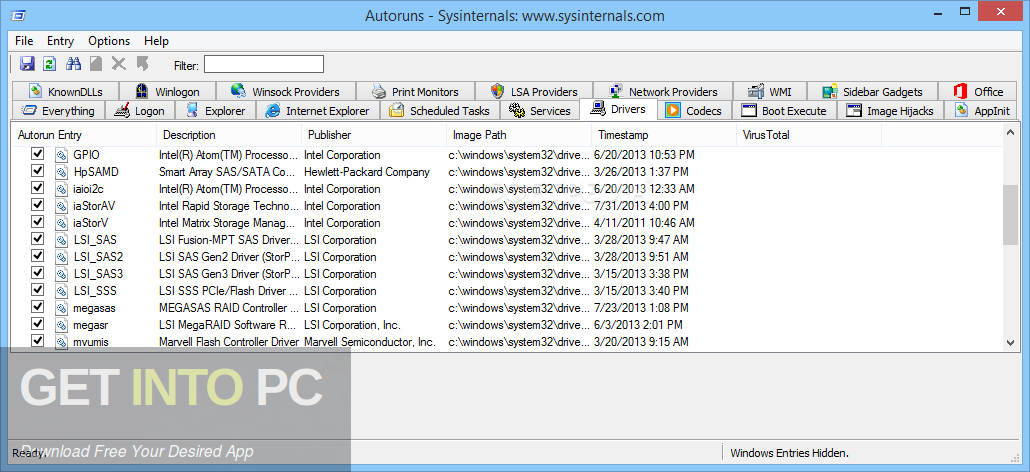

It supports all versions of Windows since Windows XP.

As you’ll see through this Ultimate Guide, PsExec can launch interactive command prompts, run as local system on remote computers, run commands on multiple computers at once and more. PsExec allows full interactivity for console application without having to install any software. Nowadays, we have other options like PowerShell Remoting and the Invoke-Command PowerShell cmdlet but PsExec still has its place. It was built to replace tools like telnet that forced you to open up ports and introduce security vulnerabilities. It is a free utility part of the Sysinternals pstools suite built by Mark Russinovich many years ago. It allows administrators to run programs on local and more commonly remote computers. PsExec or psexec.exe is a command-line utility built for Windows. If you’re new to IT or perhaps haven’t had the need to run commands and tools on remote computers, you might not know what psexec is. Building Computer Names with PowerShell.Accepting the EULA without the /accepteula switch.Launching a Remote Command Prompt (psexec cmd).Running Processes as the LOCAL SYSTEM Account.Running Remote Processes under Alternate Credentials.Copying local programs to the remote computer.All Computers in an Active Directory Domain.PsExec Commands (Getting More Advanced).Installing PSexec (With Remote Computer Setup).


 0 kommentar(er)
0 kommentar(er)
